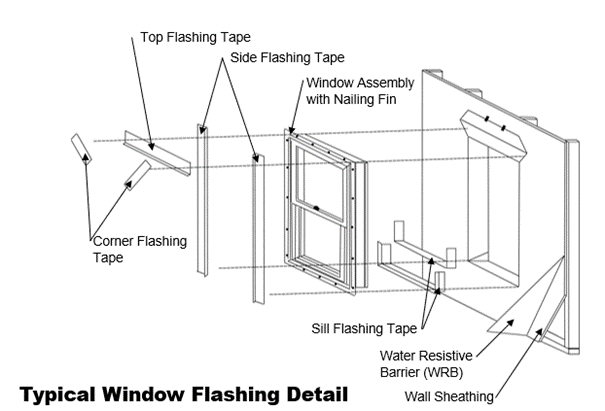
High Voltage Battery May Short CircuitBattery failure can cause a loss of drive power, increasing the risk of a crash. Battery failure can also increase the risk of a fire.
NHTSA Campaign Number: 23V626000
Manufacturer Ford Motor Company
Components ELECTRICAL SYSTEM
Potential Number of Units Affected 2,954
Summary
Ford Motor Company (Ford) is recalling certain 2020-2022 Lincoln Aviator and Ford Explorer vehicles equipped with 3.0L PHEV engines. A manufacturing defect in one or more of the high voltage battery cells may result in an internal short circuit and battery failure.
Remedy
Dealers will perform a Battery Energy Control Module (BECM) diagnostic test and replace the high voltage battery pack, as necessary, free of charge. Owner notification letters are expected to be mailed October 2, 2023. Owners may contact Ford customer service at 1-866-436-7332. Ford Motor Company’s number for this recall is 23S53.
Notes
Owners may also contact the National Highway Traffic Safety Administration Vehicle Safety Hotline at 1-888-327-4236 (TTY 1-800-424-9153), or go to www.nhtsa.gov.









